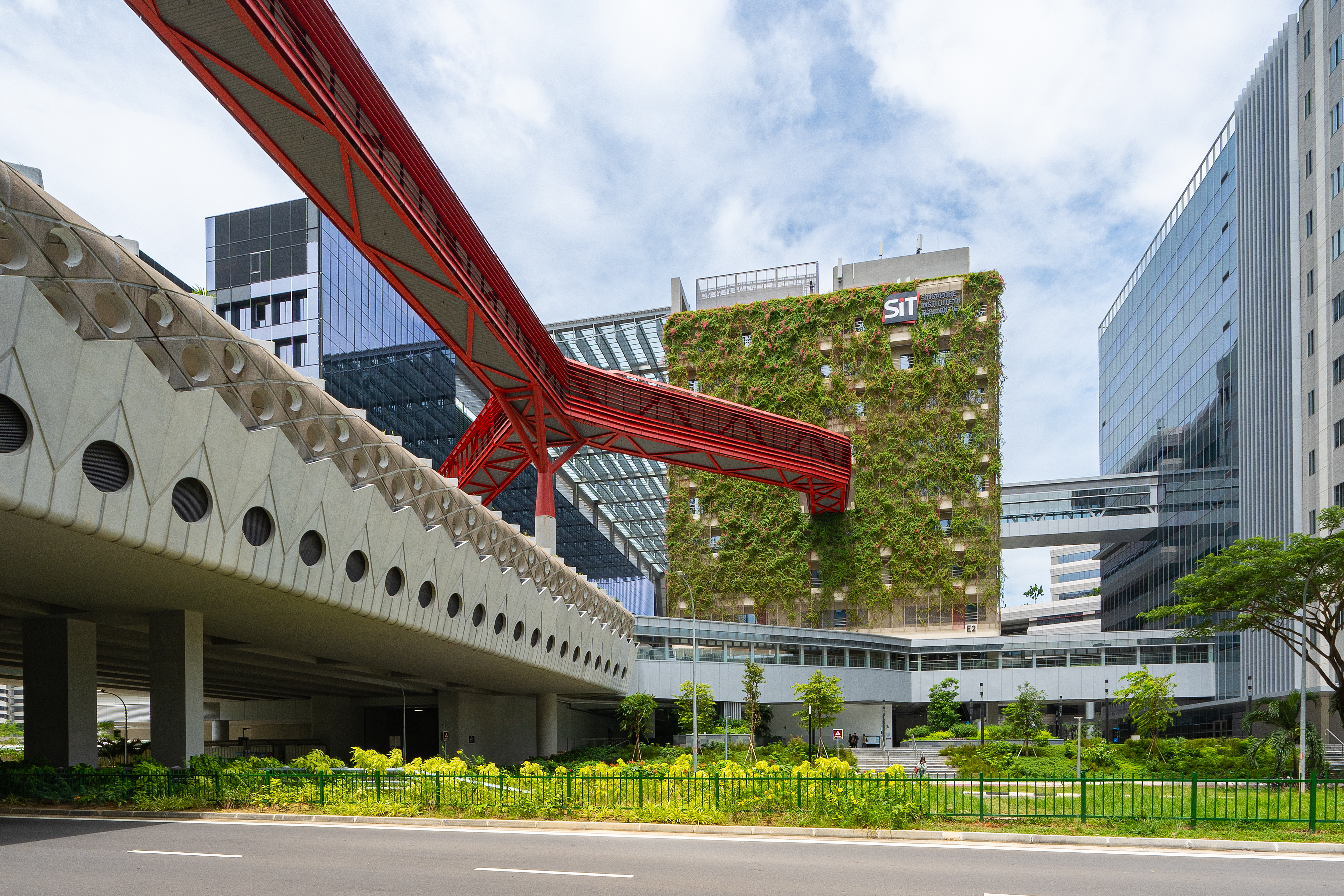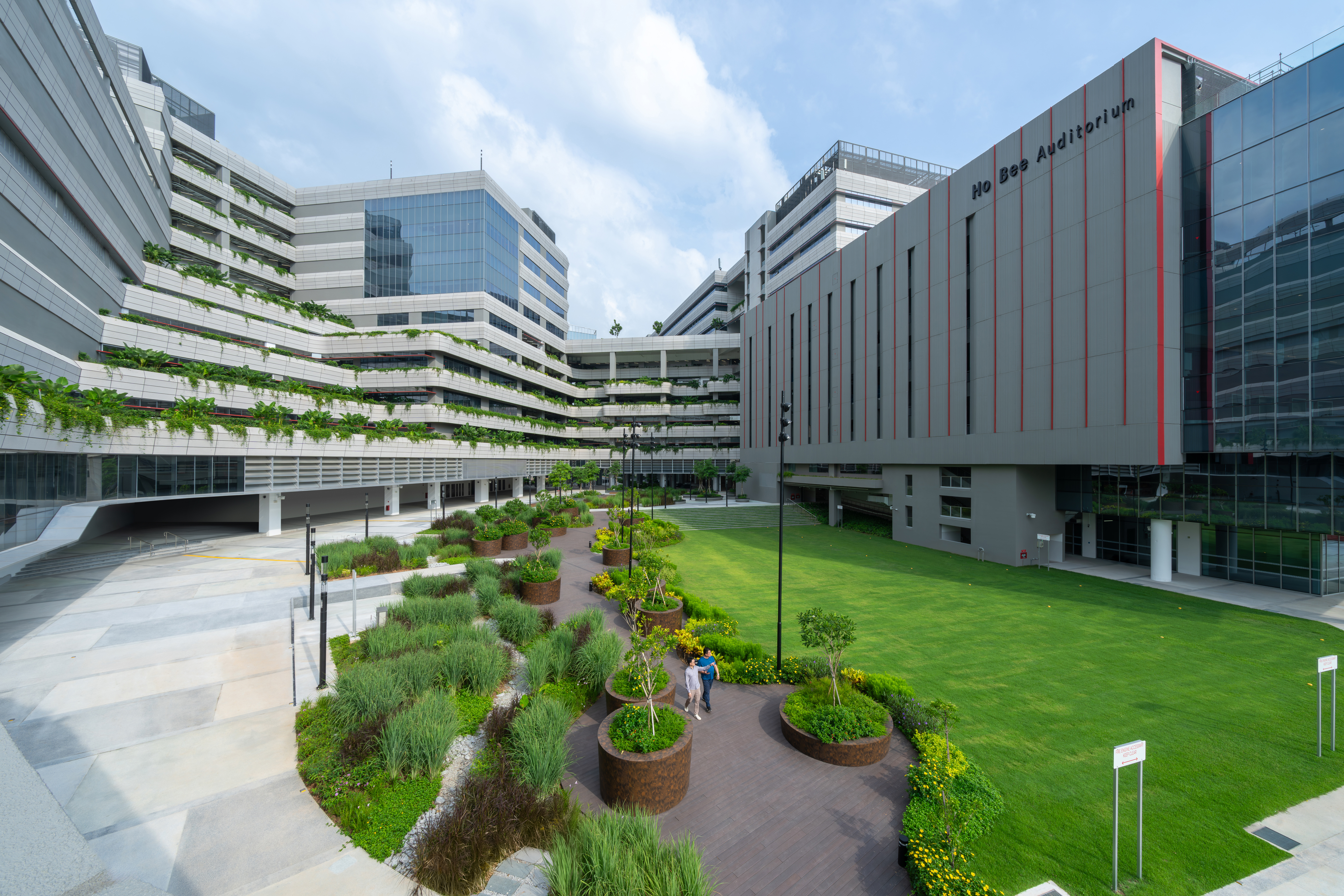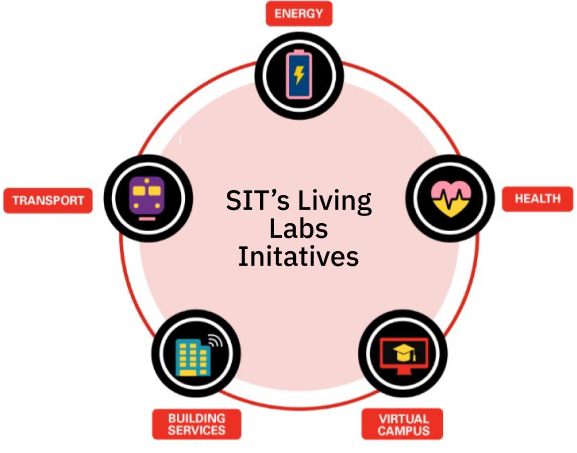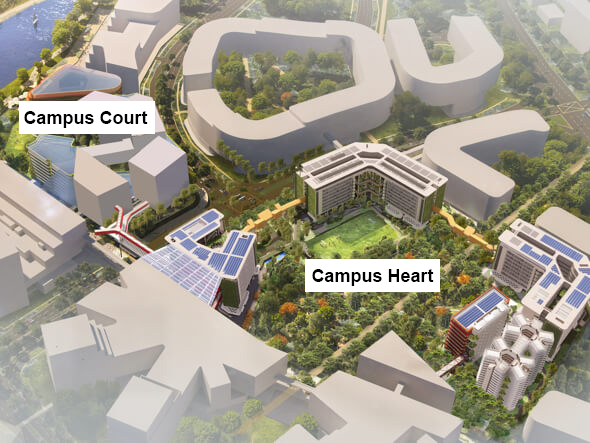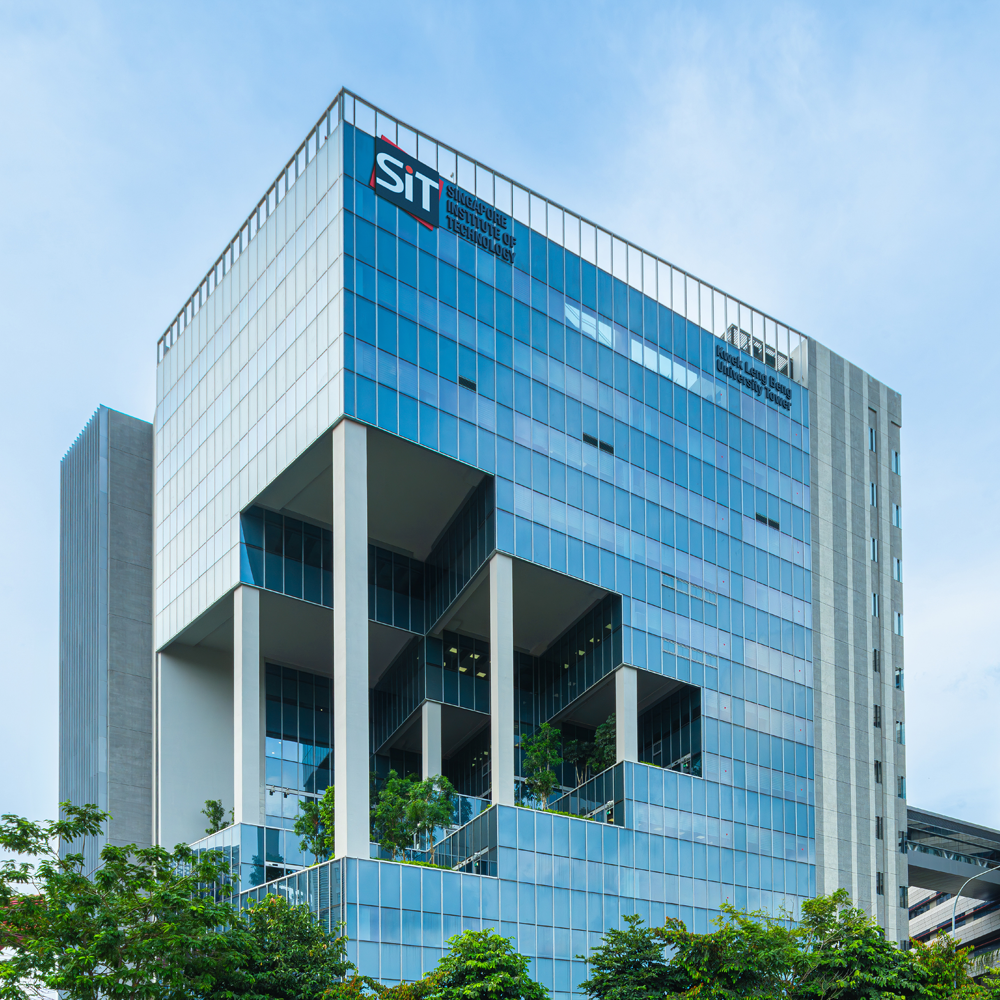
Our New Home in Punggol
We have consolidated our six satellite campus locations and moved into Singapore’s first smart district, the Punggol Digital District, which is master-planned and developed by JTC and designed by WOHA.
With its award-winning sustainable features, the new SIT Punggol Campus serves as a vibrant innovation hub for students, industry and community, bringing applied learning and research to life.
![[FA] SIT One SITizen Alumni Initiative_Web banner_1244px x 688px.jpg](/sites/default/files/2024-12/%5BFA%5D%20%20SIT%20One%20SITizen%20Alumni%20Initiative_Web%20banner_1244px%20x%20688px.jpg)
